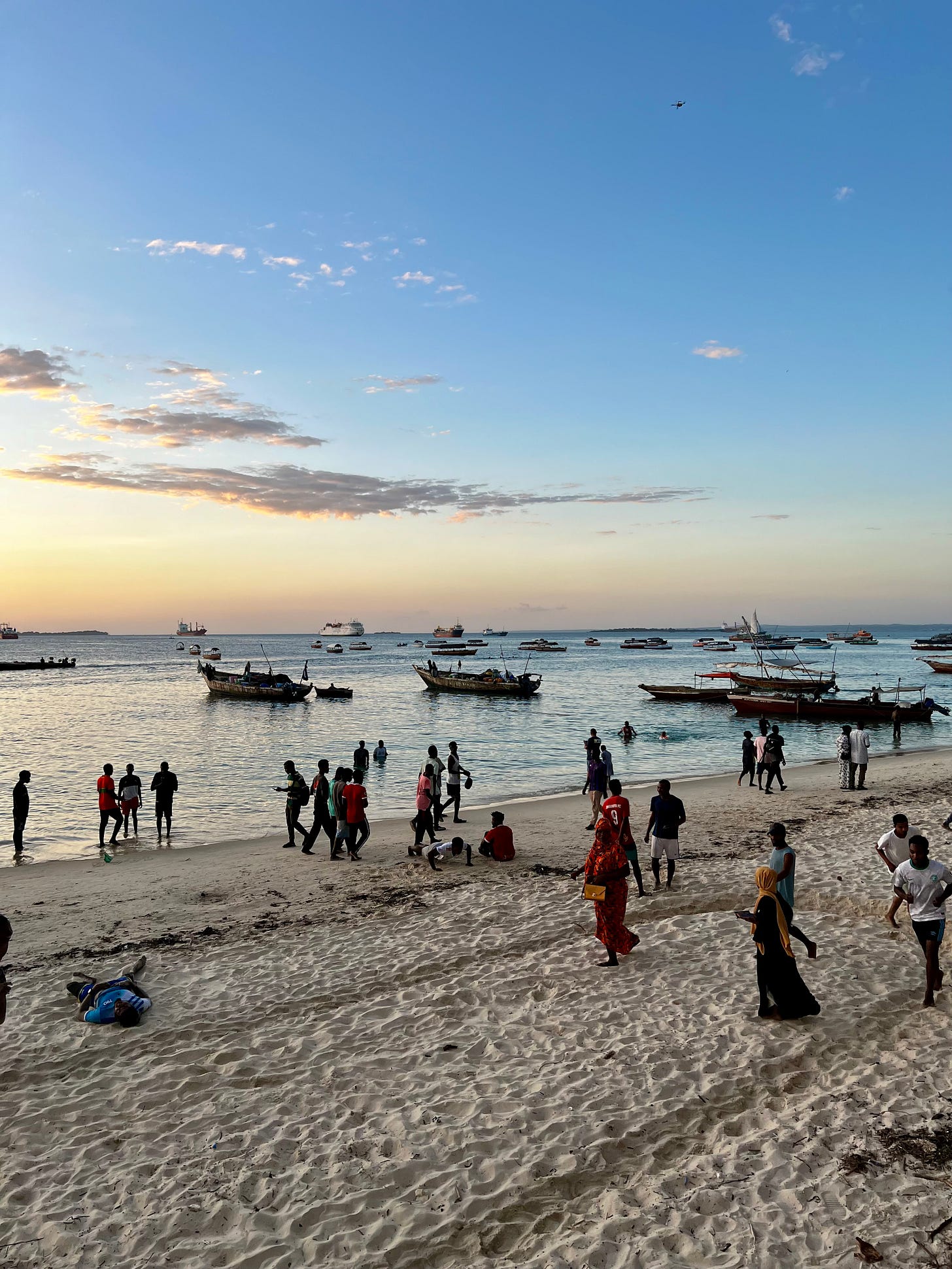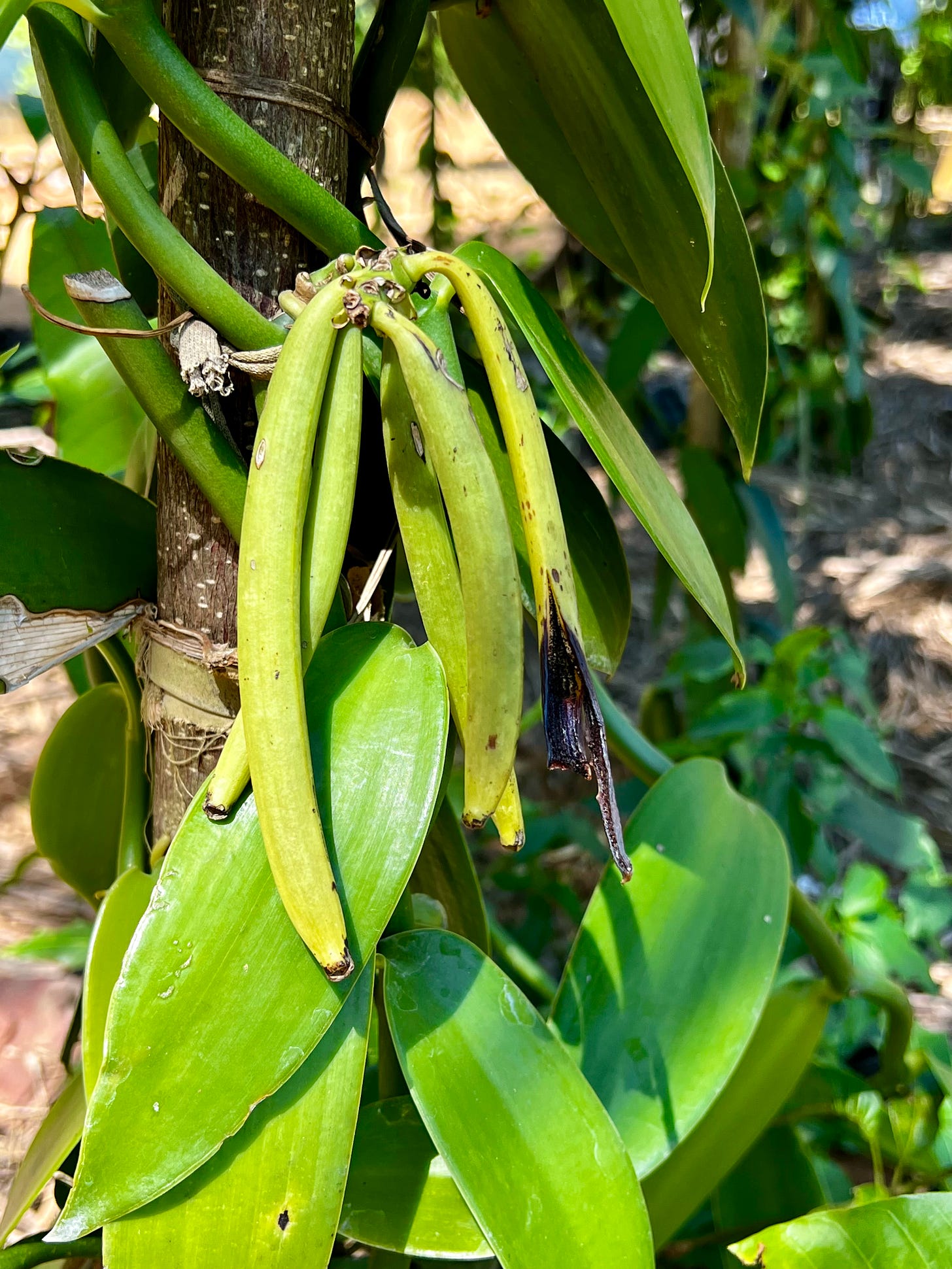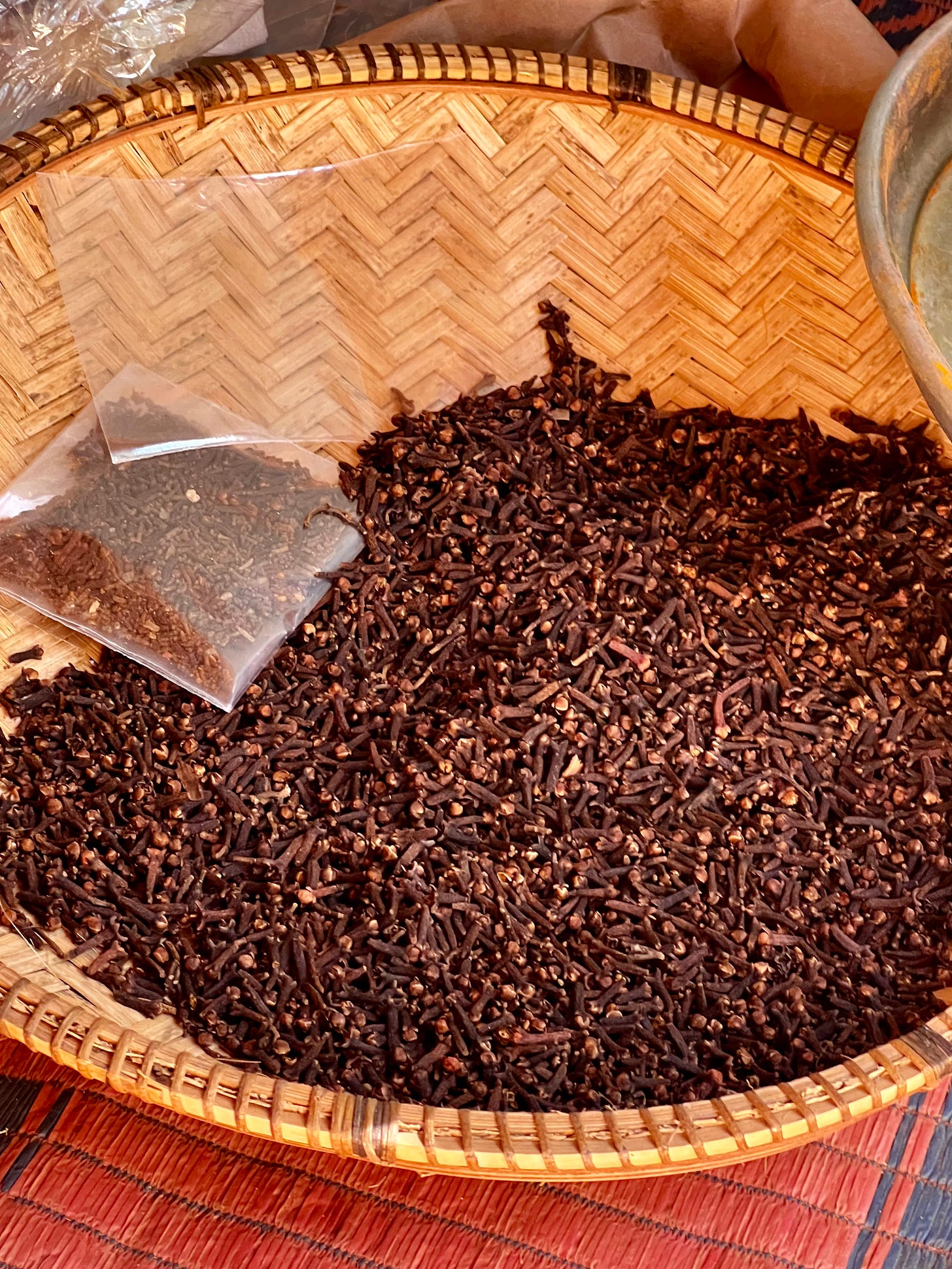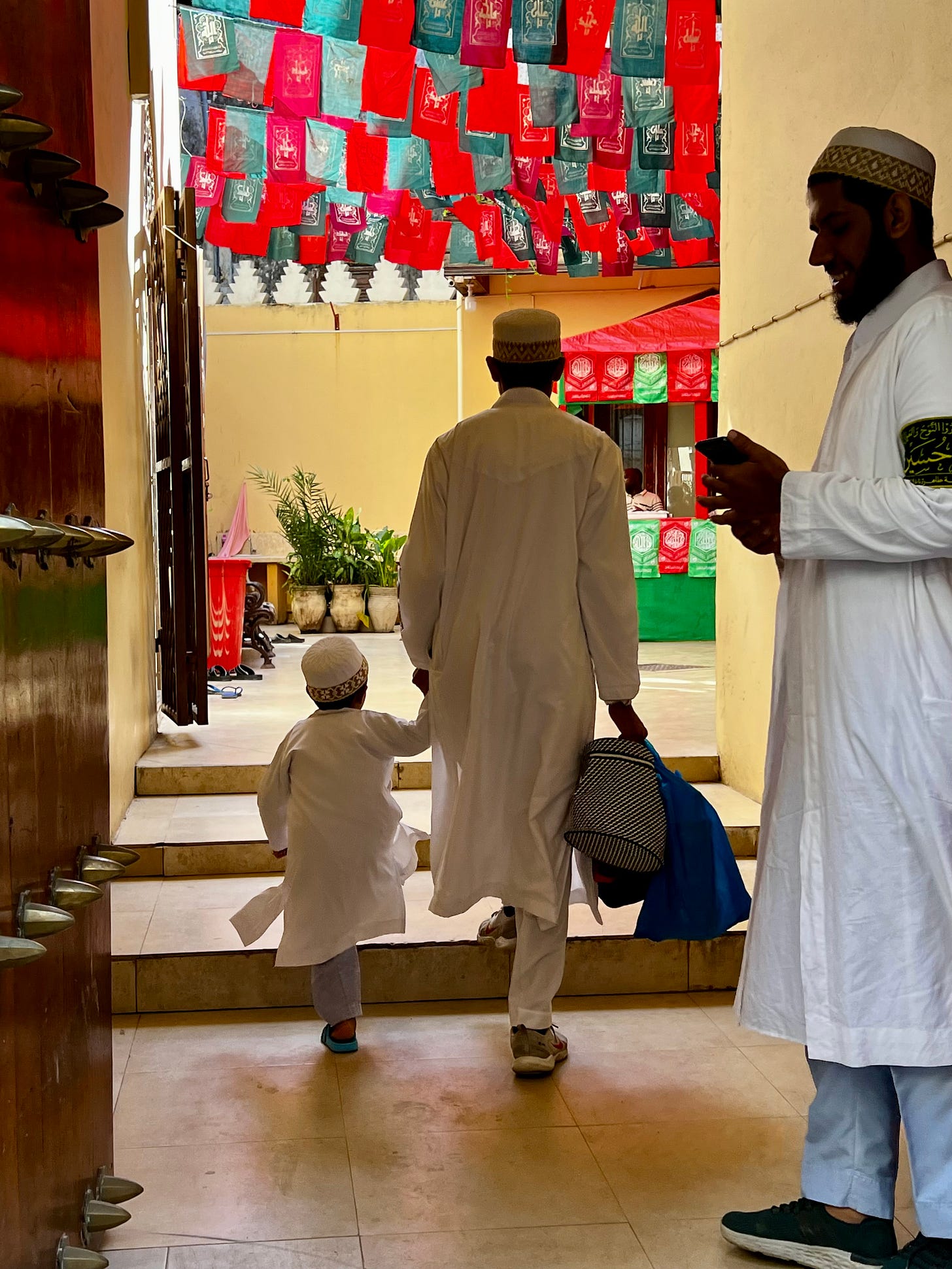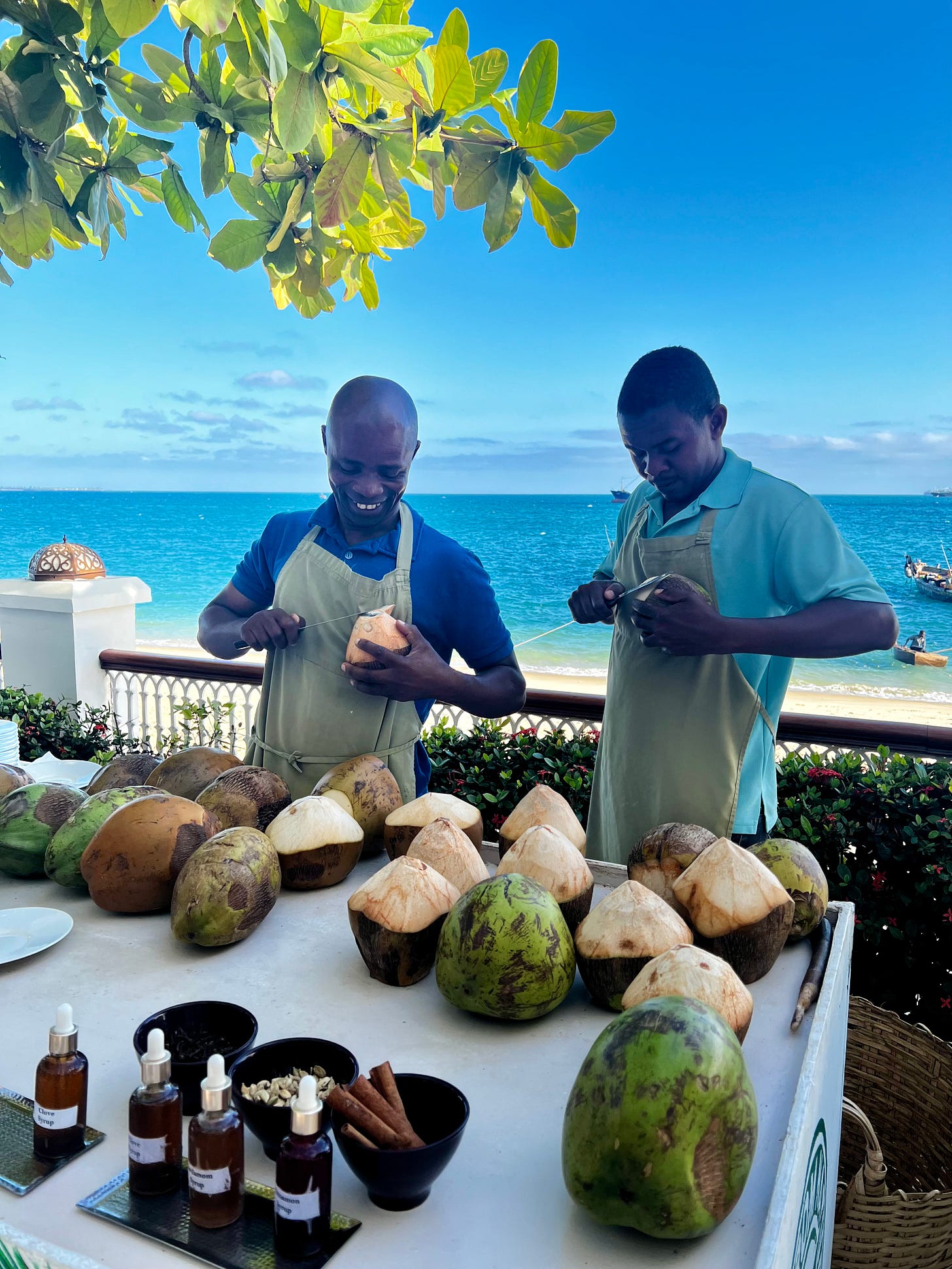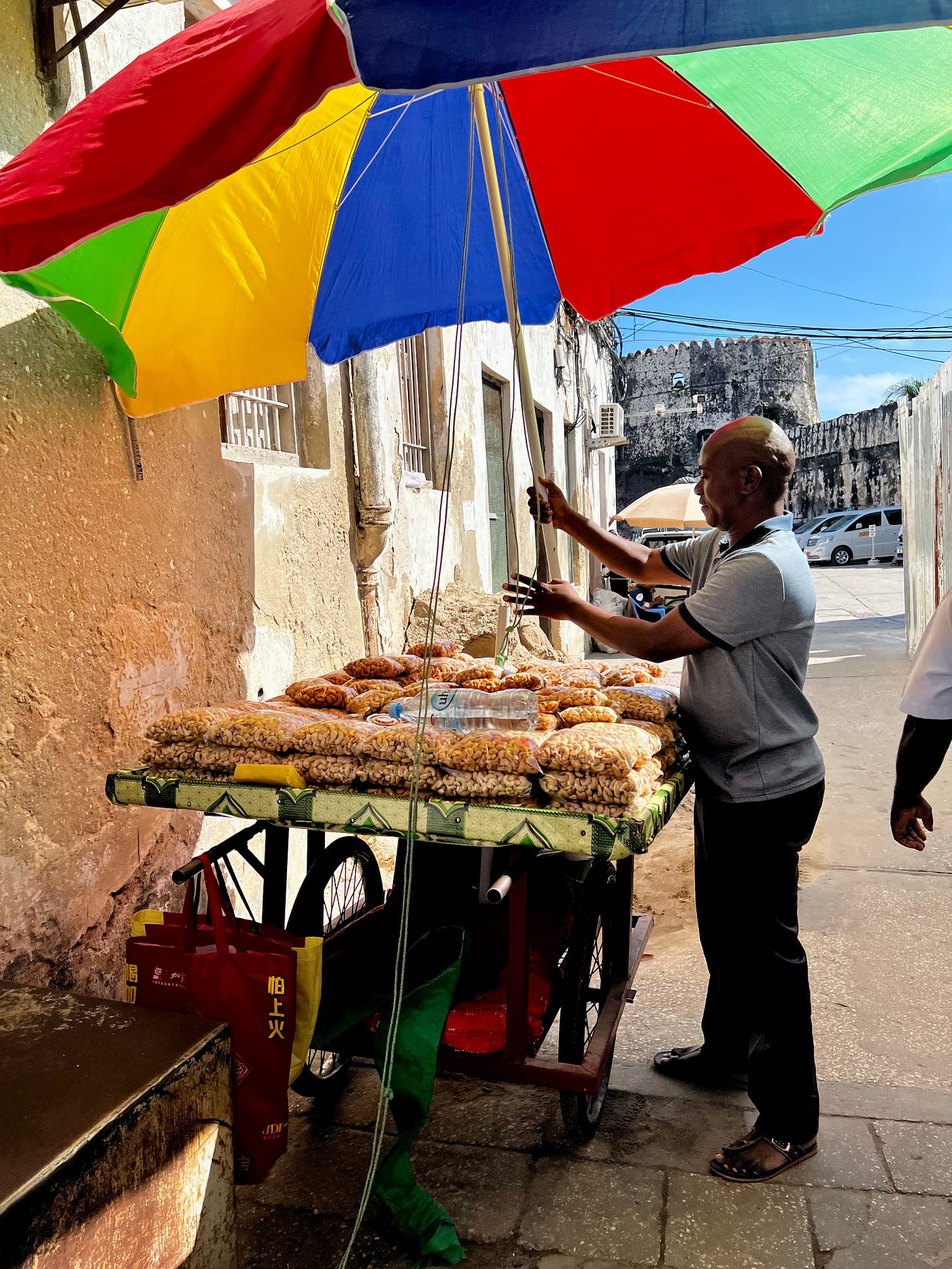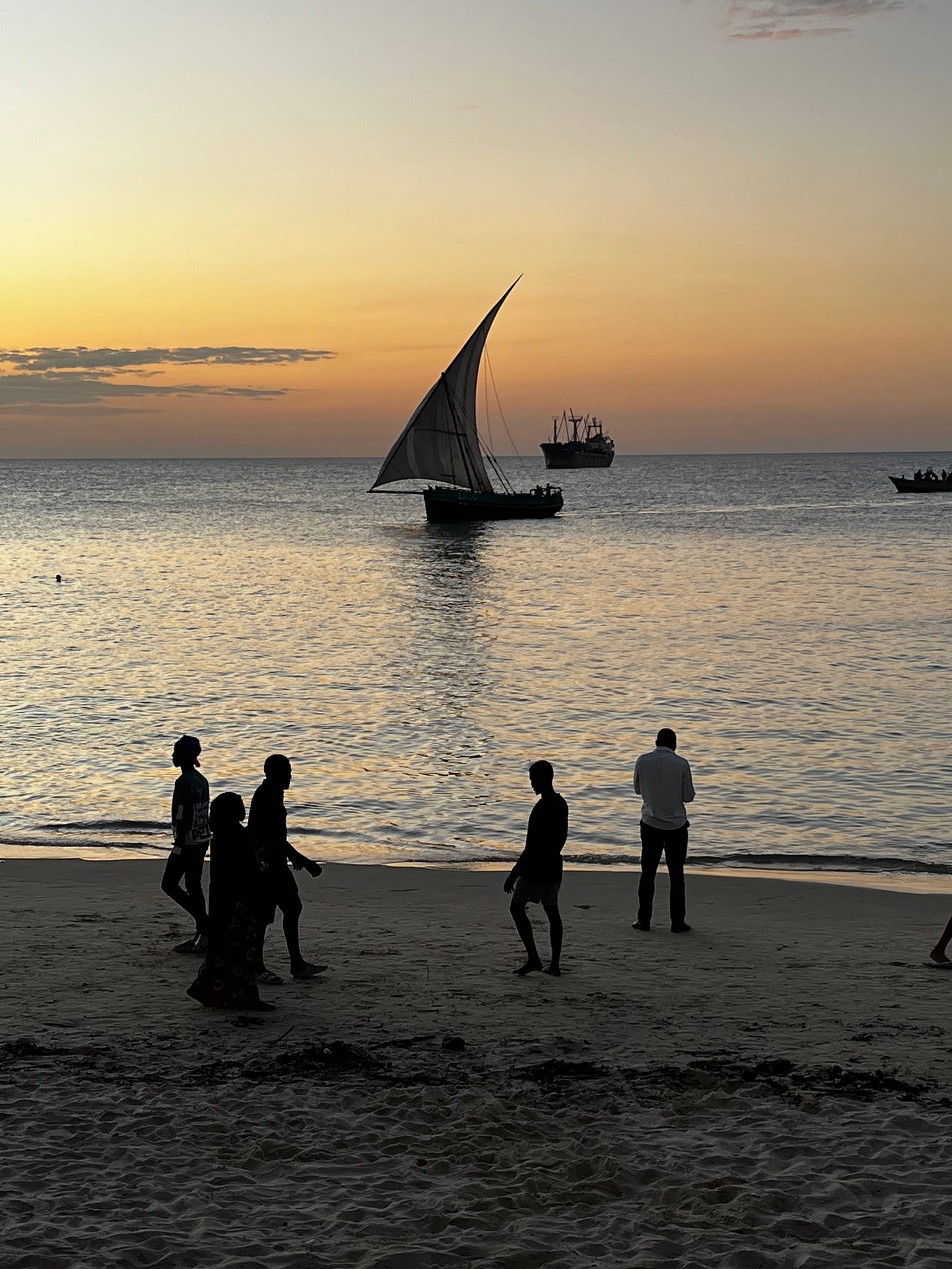Enough of procrastinating. It is time to blog once again and the topic of “Curry” fits right in to beat the wintry cold in the northern hemisphere.
I have been meaning to write about spices since my visit to Zanzibar back in July.
“You really want to visit the island, don’t you?”, my family asked me. It was going to extend the summer vacation, reroute our air travel plans from the Tanzanian mainland and take up a few more days. I was undeterred. As a teen, one of my favourite novels was “Death in Zanzibar” by M.M. Kaye and although I no longer have a fair recollection of what the plot is, the magic spell of the name alone has always captured my imagination.
The total size of the island archipelago is larger than Singapore and would have presented a promising potential like my hometown. Alas, Zanzibar has not flourished to the same extent.
Known colloquially as the “Spice Islands”, it is historically associated with its spice cultivation - black pepper, cinnamon, cloves and nutmeg. Vanilla too.
There is a sad and dark side to this story. Slaves from the mainland were captured (some were even sold by their village chiefs) in the mid-19th century to transport ivory to Zanzibar, only to be traded in the slave market to work in the spice plantations. This took place when Zanzibar was already ruled by the Sultanate of Oman which diverged into the Sultanate in the Middle East which exists to this day, and the Sultanate of Zanzibar. Previously, the Portuguese had arrived at the beginning of the 16th century following Vasco de Gama’s successful expedition to East Africa. Zanzibar has always been an attractive transit point for Swahili merchants trading with the Persian, Indian and Arab who wanted gold, ivory and spices while providing their goods such as Indian cloth. Eventually, Zanzibar became a British protectorate until 1963 before it merged with Tanganyika to form Tanzania in 1964.

Swahili, a Bantu language with Arabic loanwords, is spoken to this day. More significantly, many Zanzibarians are descended from the intermarriage of the local East African women with the Asian traders who waited during the monsoon season. Sounds familiar?
Stone Town in Zanzibar is a throwback to what Singapore’s Beach Road might very well have looked like. A long stretch of beach with happy frolickers were splashing the waves, playing ball or sailing out into the sunset. The fragrant aroma of seafood barbecue intoxicated me while vendors sold fresh coconut water, citrus fruits and what looked familiarly like satay.
Before I write more about Curry, I leave you with these fond images of Zanzibar. To be continued.




